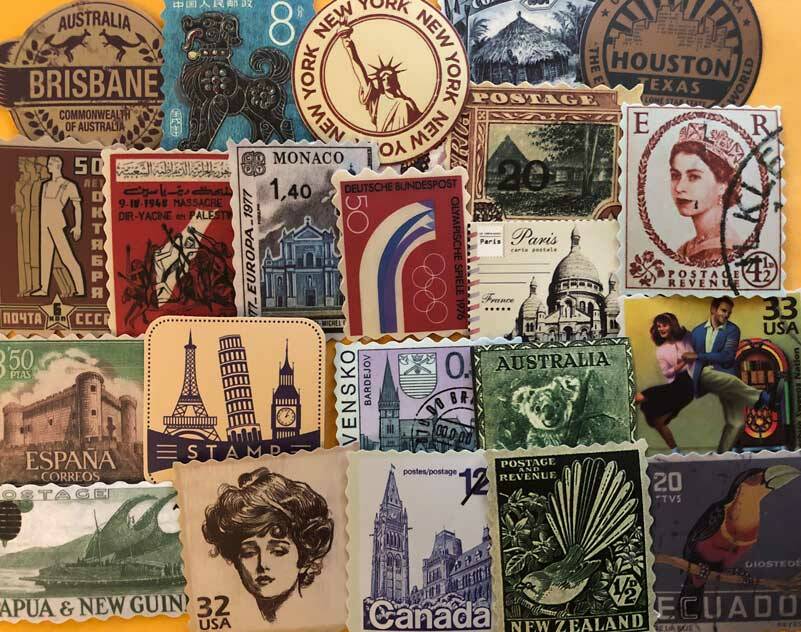By Morf Morford, Tacoma Daily Index
As readers of my articles may have noticed, I am taking real-time notes on the dramatic and seemingly deliberate (and often hilarious) decline in the public expression of our attempts at making sense of the ever-increasing challenges around us.
Fortunately (or not), we Americans are not alone or unique in our inability to grasp even the most basic abilities to literally negotiate our ways around the world. If you think our math literacy is deficient, consider just a few examples of geographic illiteracy that have been in the news recently.
We humans may have been able to master the art of fast, safe and relatively affordable travel that would make our forebears marvel, but our expertise (of at least some of us) does not seem to be consistent.
Travel
Travel, almost by definition, is disorienting. Crossing time zones, going through customs and waiting interminably, takes its toll on our patience. And wits. And common decency.
But once human intellectual frailties and ineptitudes are factored in, almost anything can happen.
The interwebs were abuzz not long ago about a desk at an airport in Austria with a “help” button for those who thought they were arriving in Australia. That turned out to be a not-exactly-true exaggeration.
But, as you might expect, truth is at least as strange as fiction.
They walk among us
Some friends and travel professionals have told me that there are some who assumed that “Austria” was short for “Australia”.
And there are souvenir shops in Austria (next to Germany) that say “No kangaroos in Austria”.
To add to the confusion, the acronym for the Austin (Texas, USA) airport is AUS.
Sweden is not Switzerland
I must admit that the confusion of, or lack of distinction between, Sweden and Switzerland is new to me; though I do find it (almost) understandable.
Those “SW” nations that are relatively close together can easily confuse those of us who have been to neither one (less than half of USA citizens have a valid passport).
Just to clarify, Switzerland is the country famous for its banks and Swiss vaults, braided blonde girls named Heidi, snow-clad mountains, yodelling, alphorns and cowbells.
Sweden is primarily known for Saabs, Volvos, blondes named Sven and, of course, Ikea. While Switzerland is known for its watches and, as we all know, whether we travel the world or not, Swiss cheese.
Switzerland has borders with Germany, Austria, Liechtenstein, Italy, and France. Given this location, and ever-shifting alliances, (you can see a short history of Switzerland here) it is reasonable that Switzerland has four official languages {German (62%), French (23%), Italian (8%) and Rhaeto-Romanic (0.5%)}.
Sweden has one language; Swedish.
Sweden
Sweden is across the top of most global maps. It shares a border with three countries: Norway to the north and west, Finland east, and the southwest by Denmark via a bridge-tunnel.
If you would like to be part of the (not-entirely-serious) movement to clarify the distinction between Sweden and Switzerland, you can take part in it here.
And if you are not clear on the differences between the two nations, and want to prepare for the upcoming test, be sure to review this site.
Two cheers for the directionally challenged
On a more local, or at least national note, there is a Memphis, Tennessee as well as a Memphis, Egypt (the original namesake) and 41 different cities in the US named Springfield – most, if not all, taking credit for the Simpsons.
You probably know of a city named Moscow in Russia. And another one in Idaho. And another in Kansas.
There is a Venice in Italy. And California.
And a city called Paris in Texas. And France.
If you find yourself lost or in a place you didn’t expect, you are at least in good company.
There is, of course, nothing new or original about the prevalence of human density – on almost any topic.
The journalist H. L. Mencken, based in Baltimore, Maryland where he wrote for “The Sun” almost a hundred years ago, on September 18, 1926 wrote a column about the success of “yellow journalism” sensationalistic, tabloid newspapers – the corollary of today’s cable news and blog landscape;
No one in this world, so far as I know—and I have searched the records for years, and employed agents to help me—has ever lost money by underestimating the intelligence of the great masses of the plain people. Nor has anyone ever lost public office thereby. The mistake that is made always runs the other way. Because the plain people are able to speak and understand, and even, in many cases, to read and write, it is assumed that they have ideas in their heads, and an appetite for more. This assumption is a folly.





